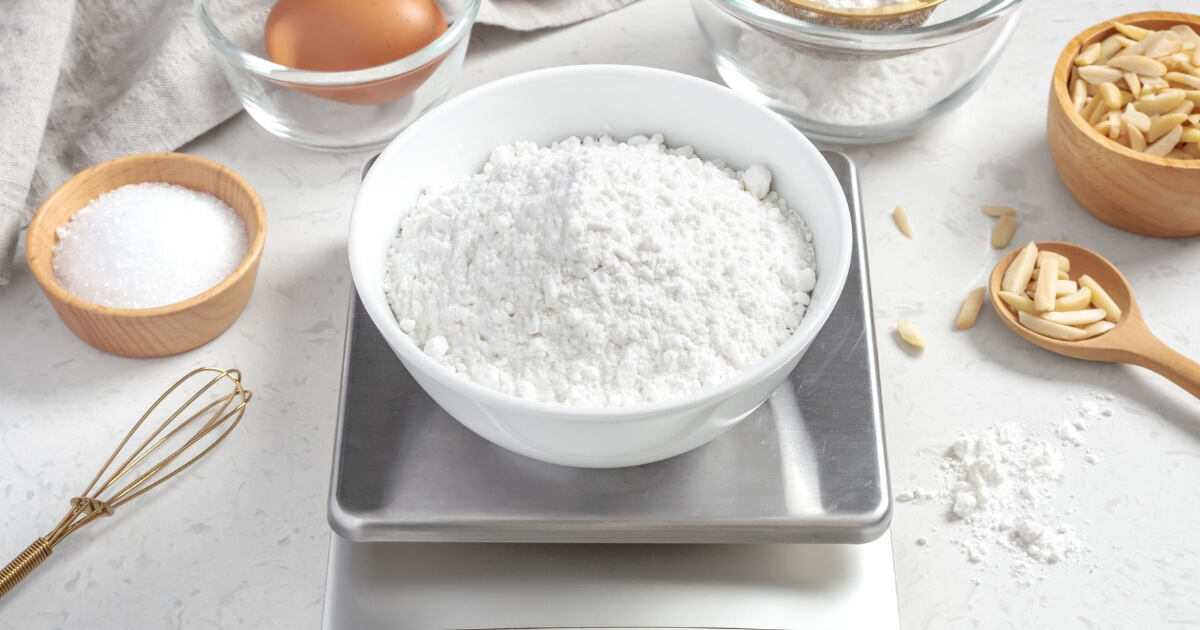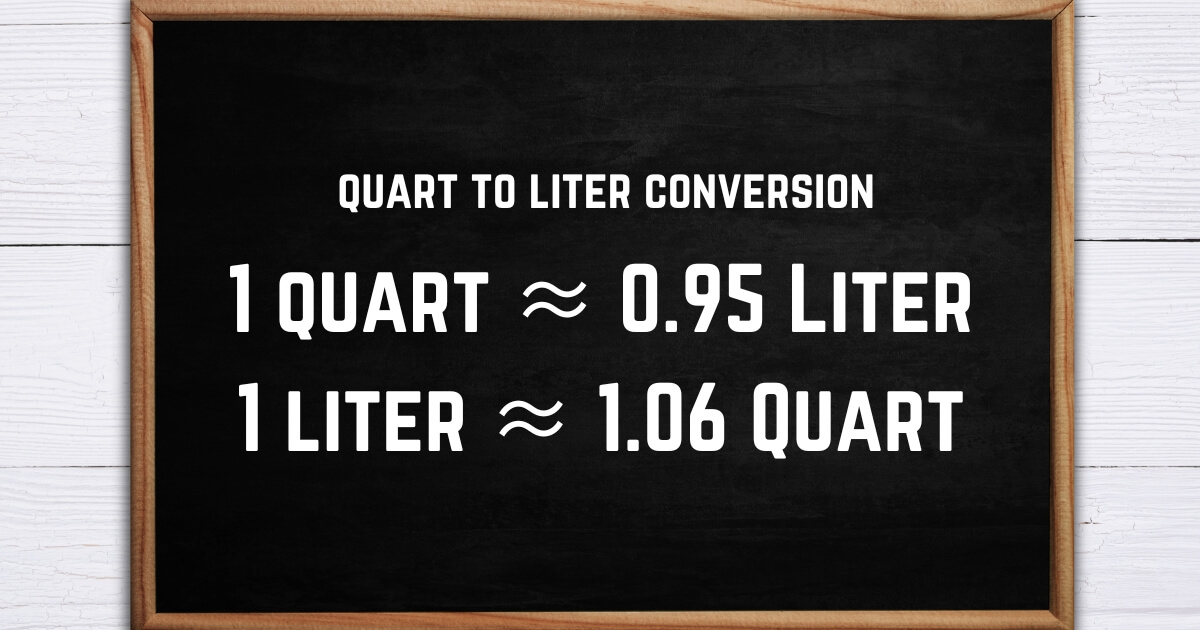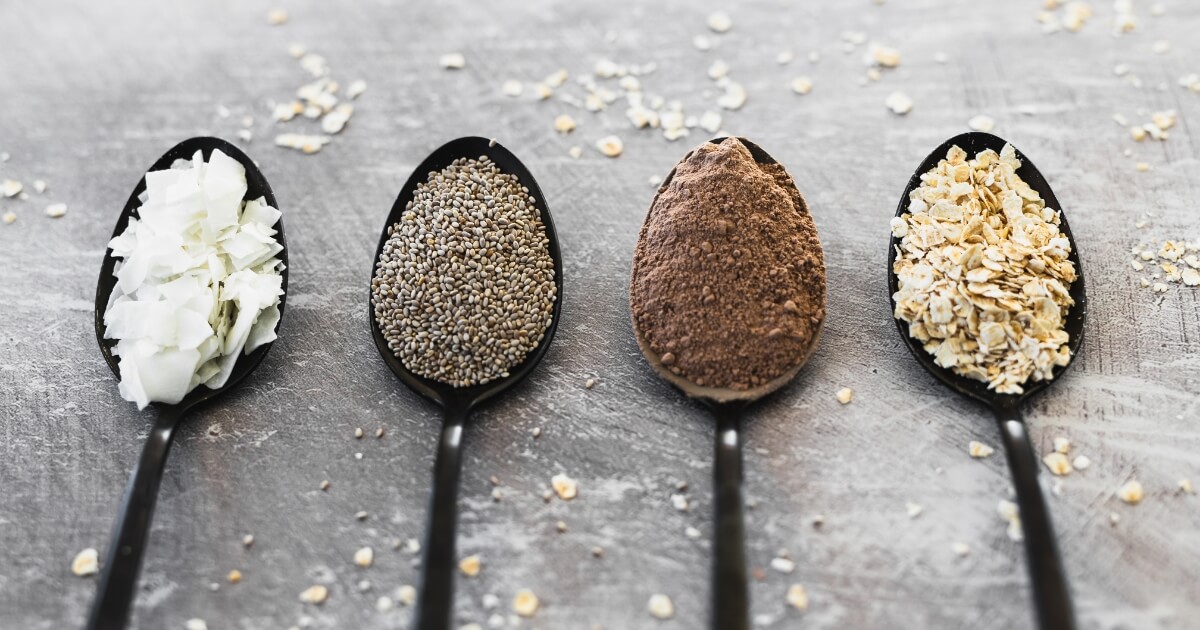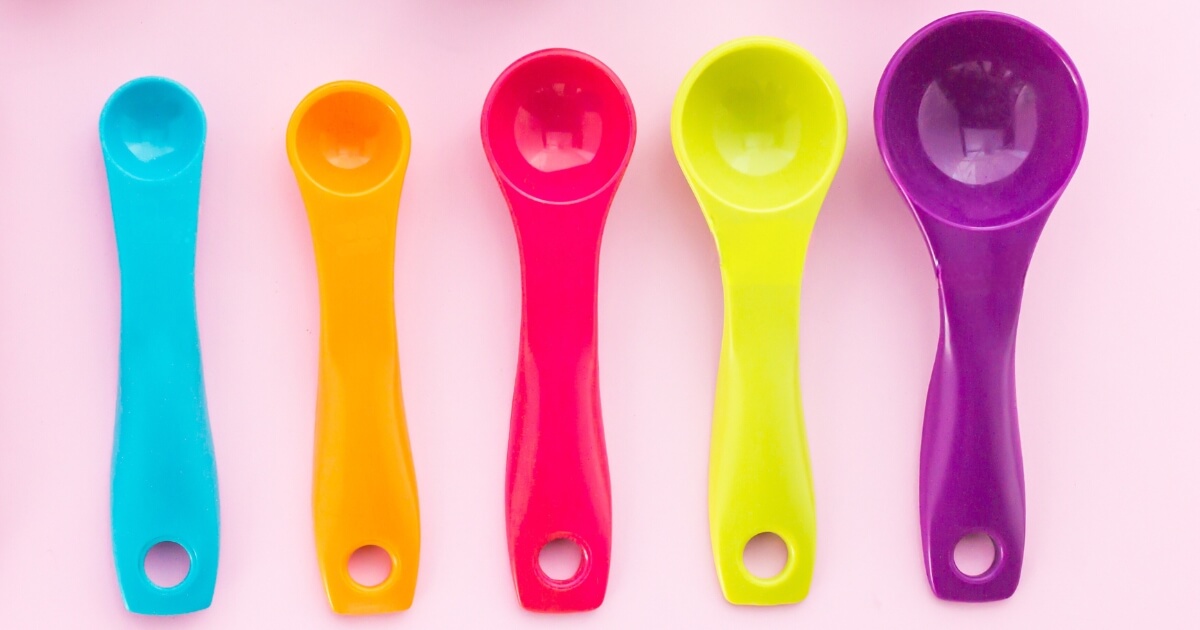So, you’re trying to figure out how many cups go into a pound? By the end of this guide, you’ll have all the know-how you need to tackle any recipe with these measurements that come your way.
The problem is that not all ingredients weigh the same in cups as they do in pounds. It can be a real headache, especially in baking, where precision is key.

But don’t worry, we will walk through this together, making it super easy to get your head around. I’ll show you a simple way to convert cups to pounds for a bunch of common ingredients. Plus, I’ll throw in some pro tips to help you measure more accurately.
Cups vs. Pounds
Let’s get a clearer picture of how cups and pounds work:
- Cups: These are used for volume measurements. Think of it as how much space an ingredient fills in your measuring cup. For instance, when you scoop out a cup of flour or sugar, you’re measuring how much of that ingredient fits into the volume of the cup.
- Pounds: This is all about weight. It’s the heaviness of the ingredient, regardless of how much space it takes up. A pound of butter weighs the same as a pound of sugar, but they’ll fill cups differently due to their density and texture.
Why can’t we just use one measurement for all ingredients?
Imagine trying to measure a cup of butter the same way you measure a cup of flour. Butter is denser and heavier, so a cup of butter will weigh more than a cup of flour. This difference in density means that converting cups to pounds isn’t a one-size-fits-all process and varies with each ingredient.
Conversion For Cups To Pounds
I’ve put together this table for you. It’s got quick conversions for a bunch of common ingredients. And don’t skip the notes next to each one because they have helpful hints that’ll give you the lowdown on why not all cups are created equal.
| Ingredient | Cups to 1 Pound | Notes |
|---|---|---|
| All-purpose Flour | About 3 ⅓ cups | Sifted flour measures differently; see notes. |
| Cake Flour | About 4 cups | Lighter, so it takes up more volume. |
| Whole Wheat Flour | About 3 ¼ cups | Denser than all-purpose flour. |
| Granulated Sugar | About 2 ¼ cups | Standard for most recipes. |
| Powdered Sugar | About 3 ¾ cups | Fluffier and lighter. |
| Packed Brown Sugar | About 2 ⅔ cups | Packing method affects volume. |
| Butter | 2 cups (4 sticks) | Convert to tablespoons for precision in baking. |
| Honey | 1 ⅓ cups | Viscosity affects volume. |
| Rolled Oats | 5 cups | Volume can vary slightly with brand. |
| Cocoa Powder | About 3 cups | Type and brand can influence volume. |
| Grated Cheese | About 4 cups | Depends on the type of cheese and size of grate. |
Variables Impacting Measurement Conversion
Let’s talk about a few things that can really switch up your measurements. It’s all about how you prepare your ingredients and how you pack ’em in your measuring cup.
How you get your ingredients ready can make a big difference. Let’s say you’re grating cheese. If you measure a cup before and after grating, you’ll notice a change in volume. The same goes for melting butter versus solid butter – the volume changes, but the weight stays the same.
And then there’s the way you fill your measuring cup. Take brown sugar, for example. When you pack it tightly into the cup, you end up with more than if you lightly spoon it. Same with flour – scoop it carefully, or you could end up with way more than your recipe needs.
These little tricks might seem small, but they’re super important. Your recipe should indicate what you should do, and they’re the difference between a recipe turning out just right and one that’s a bit off. So, keep these tips in mind next time you measure your ingredients!









